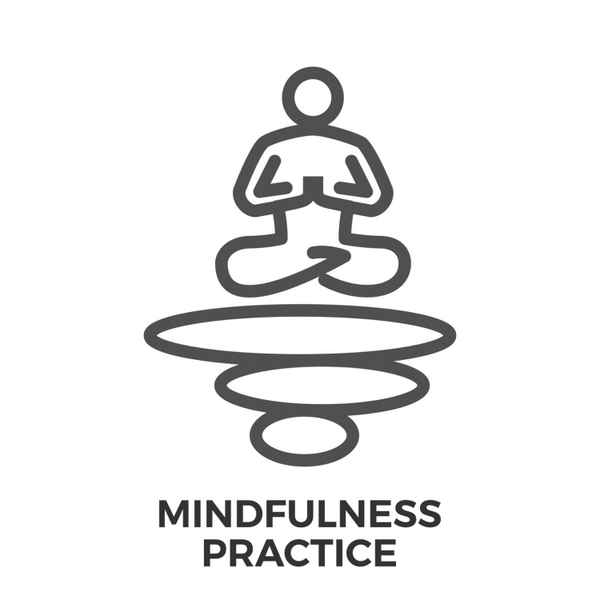
How to Use Mindfulness With CBT
Mindfulness is the practice of ‘getting out of your own head’ and of simply being rather than constantly thinking, worrying and stressing. While mindfulness is a common part of many meditative practices, it is also an integral part of cognitive behavioural therapy (CBT). More specifically, mindfulness is used for ‘cognitive restructuring’ which is an aspect of CBT concerned with the ‘reprogramming’ of thoughts.
How Cognitive Restructuring Works
The idea behind cognitive restructuring is to deconstruct a patient’s beliefs, thought patterns and feelings regarding certain matters in a bid to improve mental health.
For instance, then, cognitive restructuring is often used to help combat phobias. When someone suffers from a phobia, often they will find themselves having illogical thoughts regarding that trigger. If you’re deathly afraid of heights, then, you might find yourself worrying that you’ll fall off – or even worrying that you’ll feel compelled to jump.
Of course, in most cases, neither of these things are going to happen. Likewise, we have no reason to be afraid of spiders – even if we do find ourselves worrying that they might ‘jump into our mouths’.
Cognitive behavioural therapy restructures these thoughts and beliefs and replaces them with healthier ones.
The Steps
The first step in cognitive restructuring is to assess the nature of your thoughts and to identify the specific damaging ruminations that are leading to your health problems.
This is where mindfulness comes in as an incredibly powerful tool: simply sit quietly and allow yourself to experience your thoughts as they occur, taking note of what they are and letting them drift by ‘like clouds’.
Likewise, you might assess the kinds of thoughts you often find yourself having when you are in situations that make you phobic.
From there, you can then begin the process of cognitive restructuring. You do this first by using ‘thought challenging’, wherein you simply ask yourself how likely your beliefs are to be accurate. Are you really going to fall if there are railings to keep you safe?
A more advanced strategy is ‘hypothesis testing’. Here, you simply test your belief through exposure to your fear. If you’re afraid of speaking in public because you think people will laugh, try purposefully allowing yourself to stutter while speaking to a large audience and see what happens.
Finally, use more mindfulness as you go about your day to simply remind yourself of your new beliefs and to keep your heart rate low and your mind calm.
Mental Health Training
More information in https://mentalhealthtraining.info/